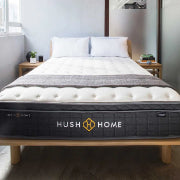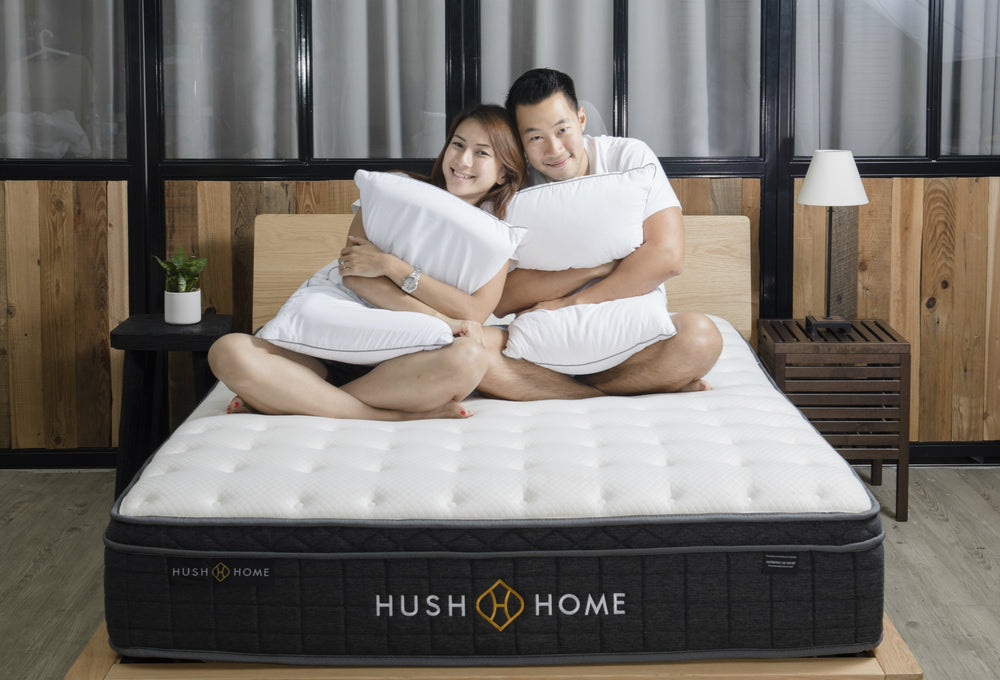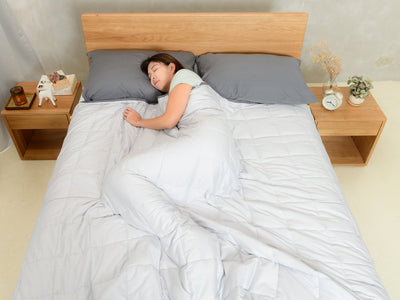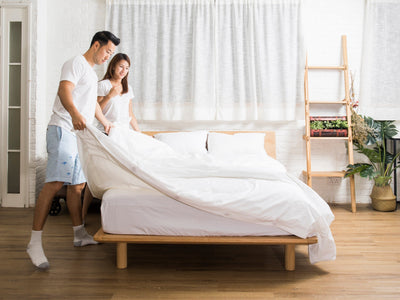⚡ JULY FLASH SALE: 30% OFF ⚡
30% OFF EVERYTHING
Sale ends TONIGHT•Shop Now!
Use Code |
FIREWORKS
✦ ENDS IN
days
hrs
min
sec
Mattresses


All
Pillows


All
Bedding


All
Baby & Kids


All
Gifts


All
A good night’s sleep starts with little good things.
Shop Natural


All
About


All
Please wait while we process your order












































